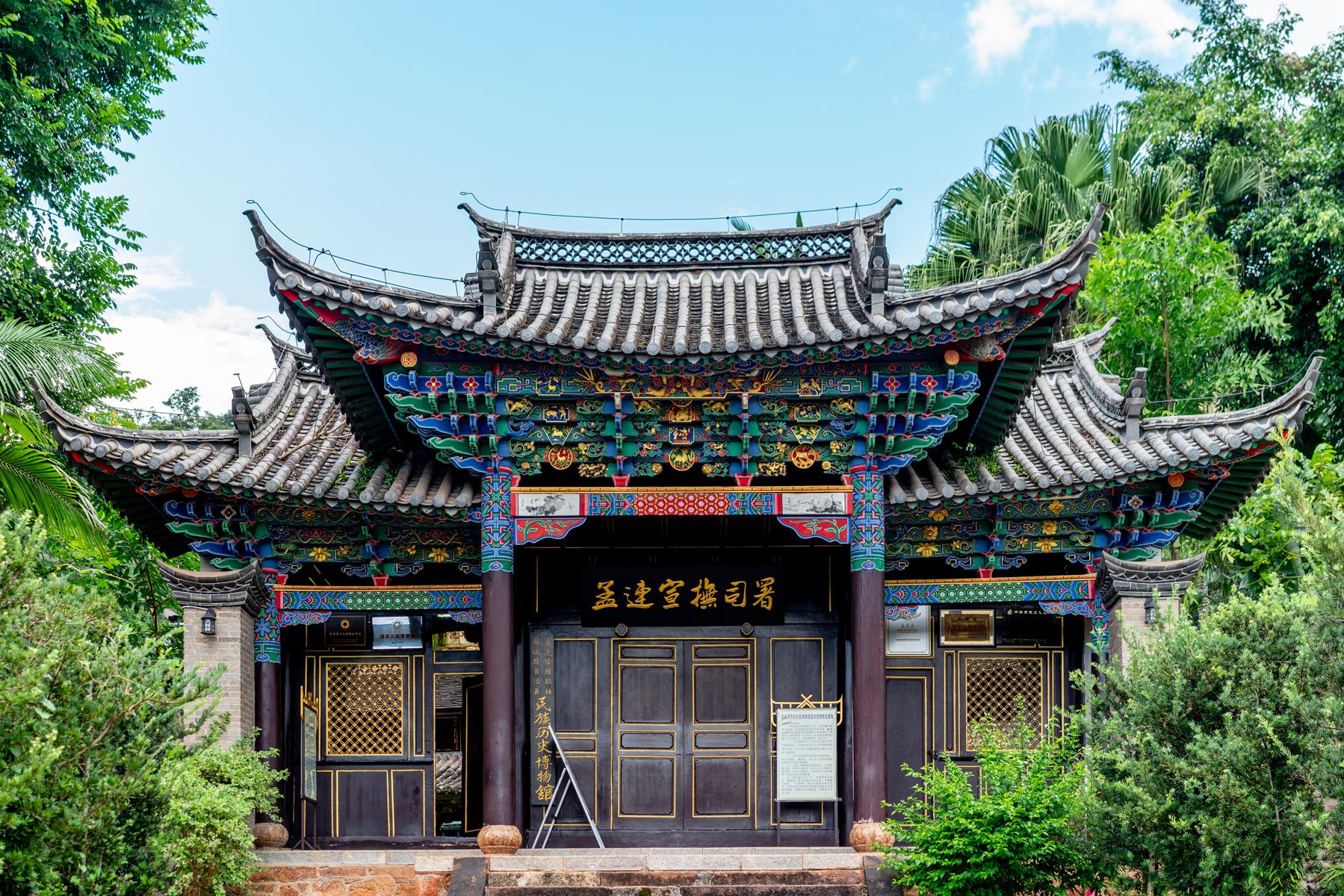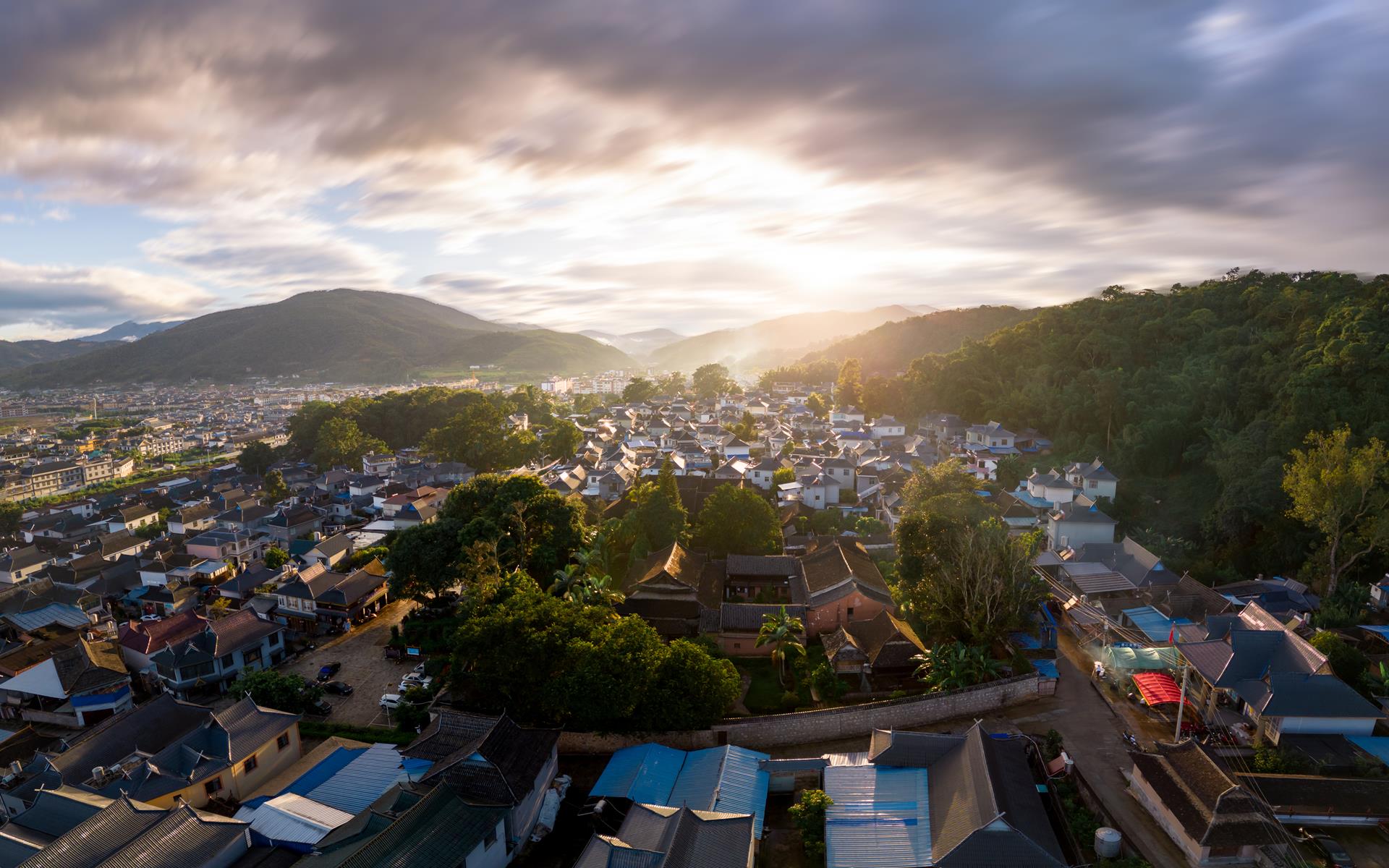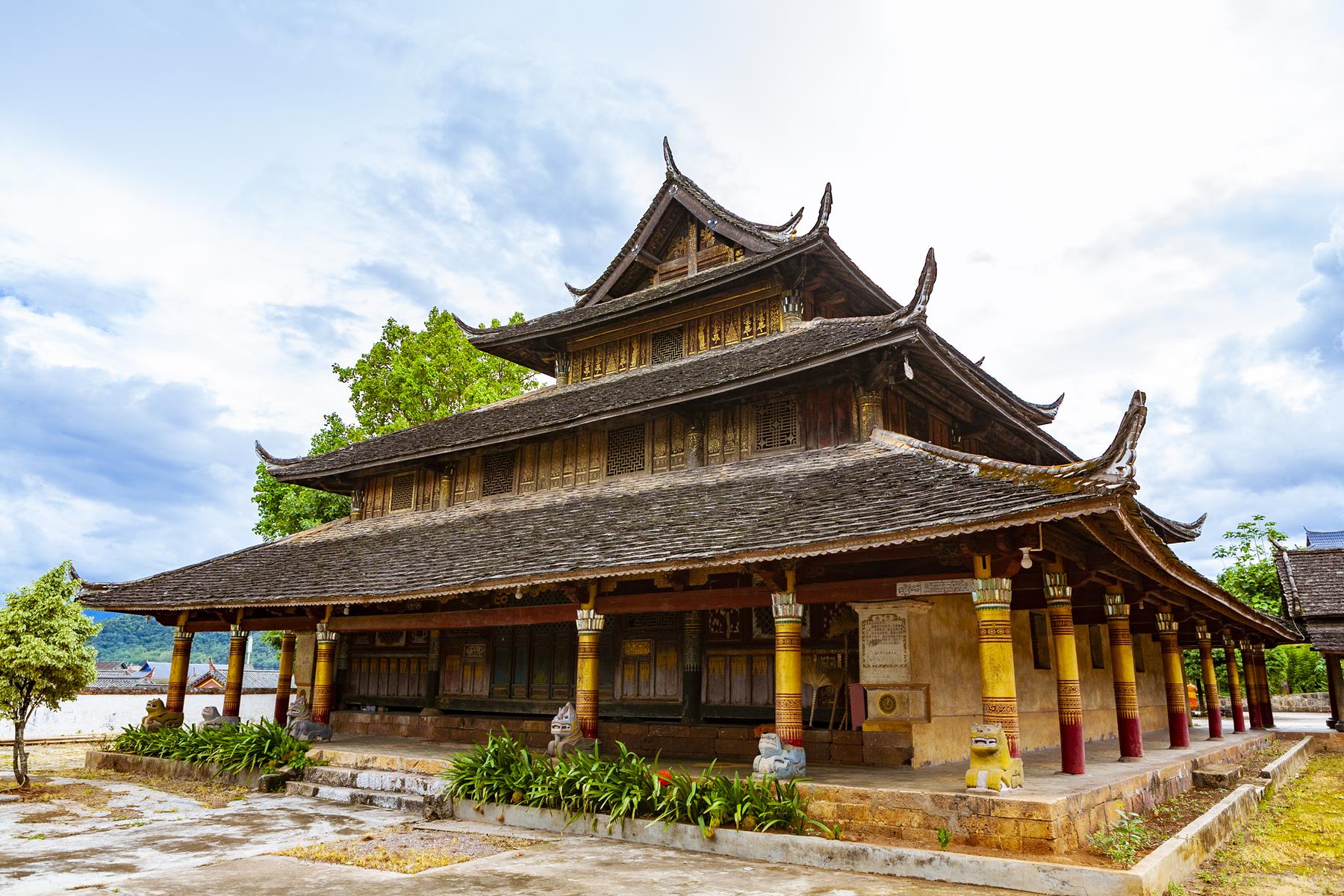



Nayun is a mysterious town in the south of Yunnan. One of the palaces, with the highest hierarchy of the Dai ethnic group in both China and Southeast Asia, used to be located here. The central area of the town is about 60km from the border between China and Myanmar. The altitude ranges from 950 to 2,239 metres and there is an average temperature of 19.6℃. It is the last remaining ancient city of the Dai ethnic group in China.
There is a saying "the north of Yunnan is famous for the Dayan Ancient Town in Lijiang and the south of Yunnan is well-known for Nayun Town in Menglian Dai, Lahu and Va Autonomous County." However, owing to minimal transport links, Nayun did not grab the attention of the public, leading to a well-preserved town featured with Dai style.
Bordering Myanmar, Nayun has an important history, once being a significant intersection of the Ancient Tea Horse Road.
Ancient Nayun Town still retains distinguishing features and graceful bearings of the Dai Nationality, home to rich and colourful chieftain culture, along with religious buildings, food, clothing, music, dance, folk customs and so on. It boasts high historical and artistic value.
In recent years, more and more guests of domestic and overseas ethnic minorities, especially Dai guests from Myanmar, Thailand and other neighbouring countries, come and visit Nayun Town for antiquities.
Built in 1289, the city is the best-preserved ritual architecture group of the Dai Nationality, in the system of appointing national minority hereditary headmen. A government used to be one of the Dai palaces with the highest hierarchy in both China and Southeast Asia.
The ancient town is located on the hillside in the east of the county. It is divided into the upper city, the middle city and the lower city, and the two towns include Mangfanggang and Mangfangmao.
In ancient times, Nayun were traditionally ruled by the chieftains, the Menglian Xuanfu subordinate in the upper city was the residence of the chieftain and his family and servants. The middle city was the residence of officials and their families and the lower city was the residence of lower-level officials.
Mang Fanggang and Mang Fangmao were the villages where lower-level officials and orison households lived. According to historical records, the Dai family’s swordsman chieftain has been hereditary for 28 generations. They paid tribute to the Emperor of Beijing, in order to provide protection from outside intrusion.
The Xuanfu Department of Menglian covers an area of 7,000 square metres. The entire building includes the main hall, conference hall, back hall, wing, kitchen and warehouse.
With an architectural style combining Dai and Han, the building is divided into two floors. The ground floor is ventilated and cool. It used to be a resting place for the chieftain and their men.
On the second floor, there are various precious collections, as well as murals telling their history, as well as exquisite bamboo crafts and some very exquisite gold and silver ornaments.
Menglian Dai Lahu Wa Autonomous County, Pu 'er City, Yunnan Province
1. It is suitable to visit Menglian all year round.










